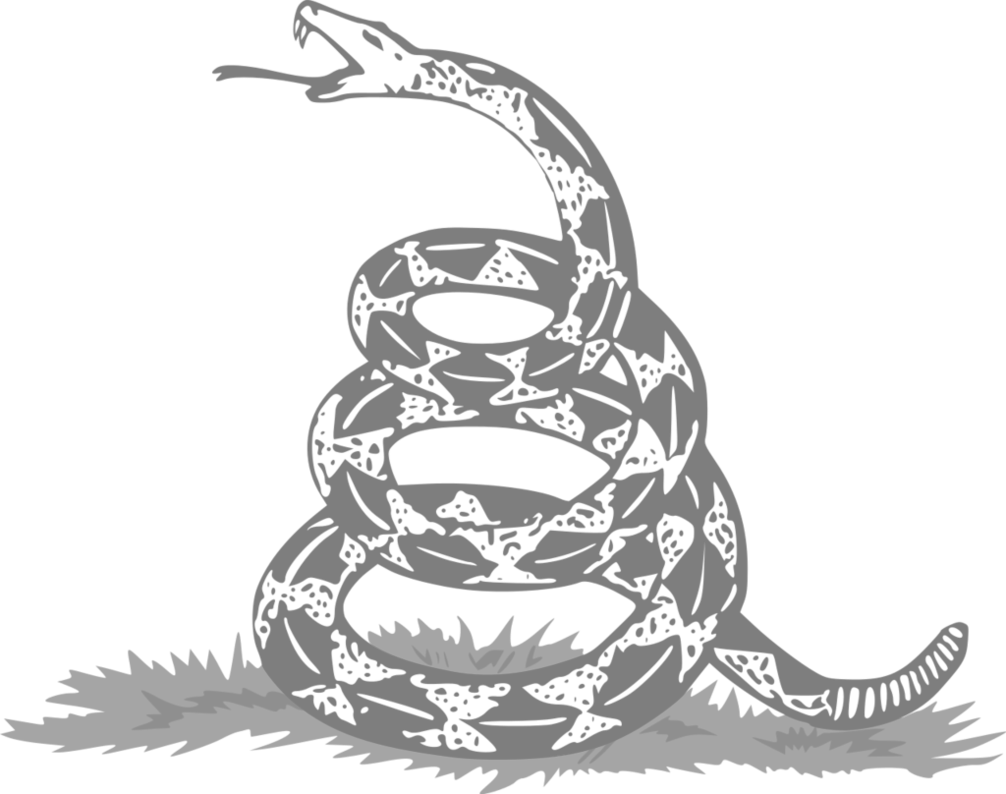Two Views on Peaceful Protest
An old but curious text[1] about what nonviolent protest is. And today it has become relevant again. The author (at that time an associate professor at Yale) writes that we live in an era of non-violent protest, when the use of force has ceased to be a source of legitimacy. But how does nonviolent protest work? Today - mostly following Sharpe and his popularizers - it is generally accepted that peaceful protest is such a "technology" built on avoiding direct confrontation and physical violence, but exerting pressure in other ways. Peaceful protest can be a source of intimidation and coercion just like any other. Let's say mass gatherings are a demonstration of numbers, strength and solidarity. Road closures, strikes, boycotts of some enterprises and government structures (including their fencing) are a means of coercion. Just without shooting and massacre.
However, the founders of peaceful protest - Gandhi and King - understood it somewhat differently. The meaning of peaceful protest is not to defeat the enemy by coercion, but to turn to your side. And coercion, even if non-violent, causes a response, rejection and resentment. Not only for immediate targets, but also for an outside observer. The task of the protesters is not to cause resentment, but to convince people. This can be done by appealing not to reason, but only to feelings.
Therefore, the main component of peaceful protest is the willingness to suffer. More precisely, some kind of ascetic discipline of the protesters, allowing them, incl. endure suffering. Gandhi called it "tapas". If you are ready to lose more than you gain - this is a signal that cannot be faked, a demonstration of the sincerity of your intentions, appealing to the feelings of the public. Such an approach makes peaceful protest more related to Christian martyrdom than to the technologies of guerrilla warfare. This is how proselytism works: if you are ready to die for faith, then it is worth something.
Why am I? The technological view of the protest generally dominates in our country. And we assessed the Belarusian protests from these positions: how are the strikes, road closures, economic pressure on the authorities? And even the suffering of the Belarusian protesters was considered "technologically" - as a form of self-exposure of the cannibalistic regime. But today, someone in Smolevichi arranged literally "tapas" in the spirit of the old school - he committed self-immolation in front of the police department building.
Mihail Pojarsky 2020-09-18
- ↑ The power of nonviolence aeon.co 11 March 2016
